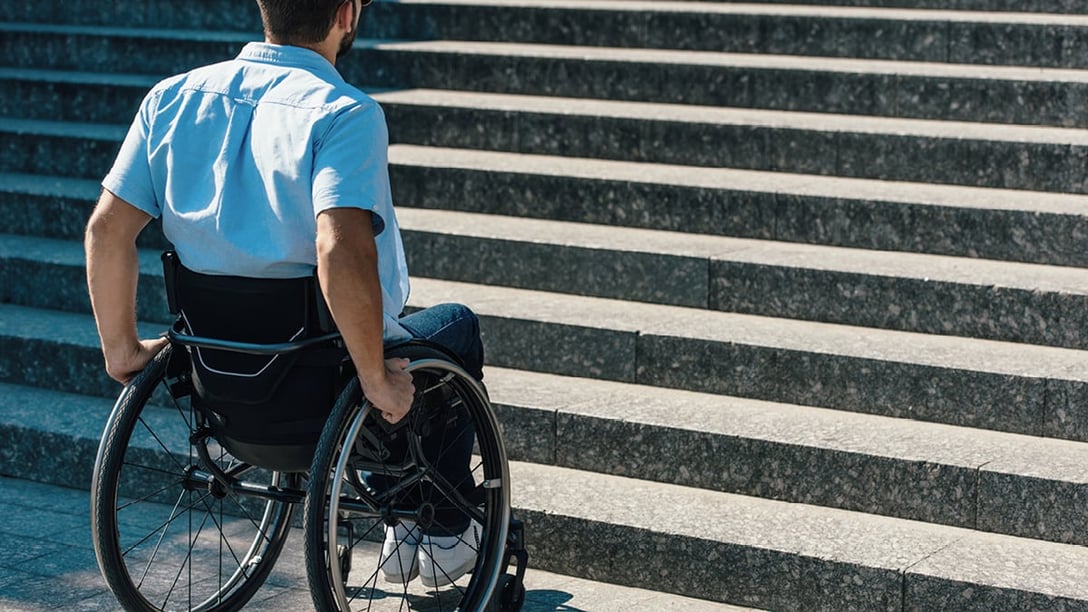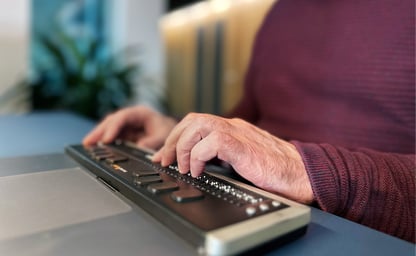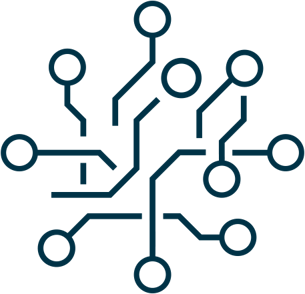But what actually is a disability?
The answer seems obvious: It is the condition of a malfunctioning body. Isn't it?
Not so fast.
There are many angles to look at what disability is. Theoretical models of disability allow us to have a bird's-eye view and gain insights into how disability is perceived from various standpoints – amongst others from people with disabilities themselves. Each model has its strengths and weaknesses. No model is 100% comprehensive and therefore neither completely correct nor completely wrong.
Read more here about the key characteristics of the most prominent approaches:
Disability as the «problem»
As defined by the University of Leicester, UK, «the Medical Model of disability views disability as a 'problem' that belongs solely to the disabled individual. It is not seen as an issue to concern anyone other than the individual affected. For example, if a wheelchair-using student is unable to get into a building because of some steps, the medical model would suggest that this is because of the wheelchair, rather than the steps.»
This highly controversial model explicitly accepts the biological condition but fails to take broader sociopolitical constraints into account. It can «label» or stigmatize a person as «different» or «less than», which has a strong psychological impact.
Lacking accessibility as the cause
In direct response to the Medical Model, the Social Model points out that society creates disabling conditions and that «disability» is an avoidable condition caused by attitude or poor design. This website brings it to the point: «People are disabled by barriers in society, not by their impairment or difference. Barriers can be physical, like buildings not having accessible toilets. Or they can be caused by people's attitudes to difference, like assuming people with disabilities can't do certain things.»
In the above example, the disabling factor of the wheelchair-using student is not the presence of a disability but the absence of an accessible entry. This model does not deny the biological component but emphasizes the human right of people with disabilities to participate in society in meaningful ways.
Since the mid-1980s it has become the working model for accessibility professionals.
It is noteworthy that for the «International Classification of Functioning, Disability and Health» by the World Health Organization both a medical and a social approach which is known as the Biopsychosocial Model.
Financial consequences of disability
The Economical Model takes the perspective of the economic impact disability has on:
- individuals, having less money due to working conditions but at the same time having higher cost for assistance
- employers, having lower profit margins when hiring people with disabilities due to higher cost for infrastructure and assistance
- state, having increased cost of welfare programs
Overcoming limitations thanks to innovation
The Functional Solutions Model identifies functional impairments that are a result of disability, then seeks out solutions for eradicating these impairments through advancements in technology or methodology. It focuses on innovation to overcome the limitations of disability.
While the functional solutions model focuses on results that benefit people with disabilities in finding real-world solutions with a «getting-things-done» attitude, the solutions may not be the most useful to broader problems. It may miss opportunities to address larger social or environmental barriers.
Connection through shared experiences
People with disabilities may develop a strong sense of personal identity and connectedness with others who share similar life experiences. Because the vast majority of hearing people do not speak sign language, the prevalence of this Social Identity or Cultural Affiliation Model is very strong in the Deaf community. While this model helps in self-acceptance and empowerment, it doesn't always serve as a useful basis for technical definitions.
Empathy is not enough
People looking through the lens of the Charity or Tragedy Model treat disability as unfortunate or tragic conditions worthy of special treatments. People without disability take pity while people with disabilities find the approach offending, even when the end results may produce something that helps.
The charity model can create empathy and can inspire to genuinely help. But it encourages unequal social and political relationships where the offending part is the attitude and the assumptions people without disabilities make.
Knowledge is essential
Knowing these models helps us recognize people's point of view and possibly argue for other solutions taking into account broader aspects of what disability is. At Adnovum, User Experience and Accessibility are part of each project from design to implementation, which ensures that your services or products are accessible in a barrier-free manner.
The advantages of a barrier-free website or application are numerous, it:
- reaches more customers
- increases user satisfaction
- reduces support efforts
- contributes to a positive brand image
- improves usability for everyone





